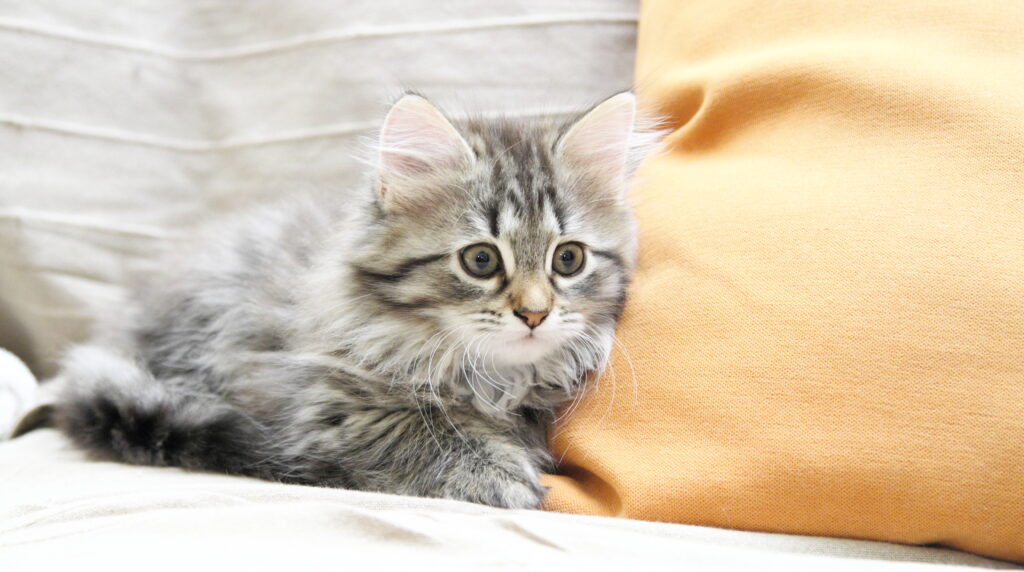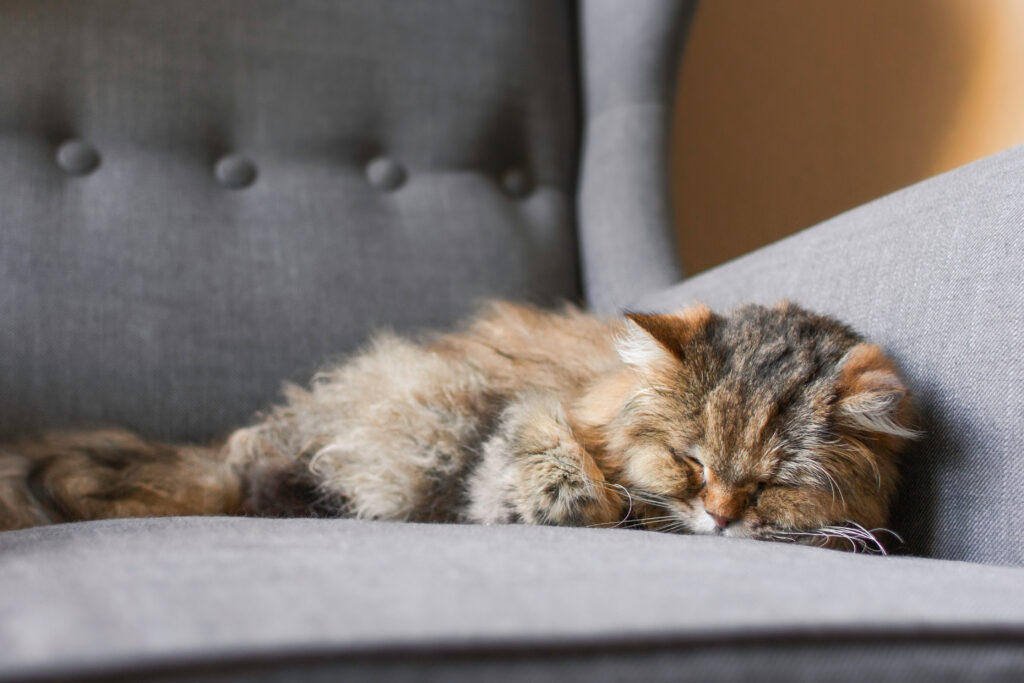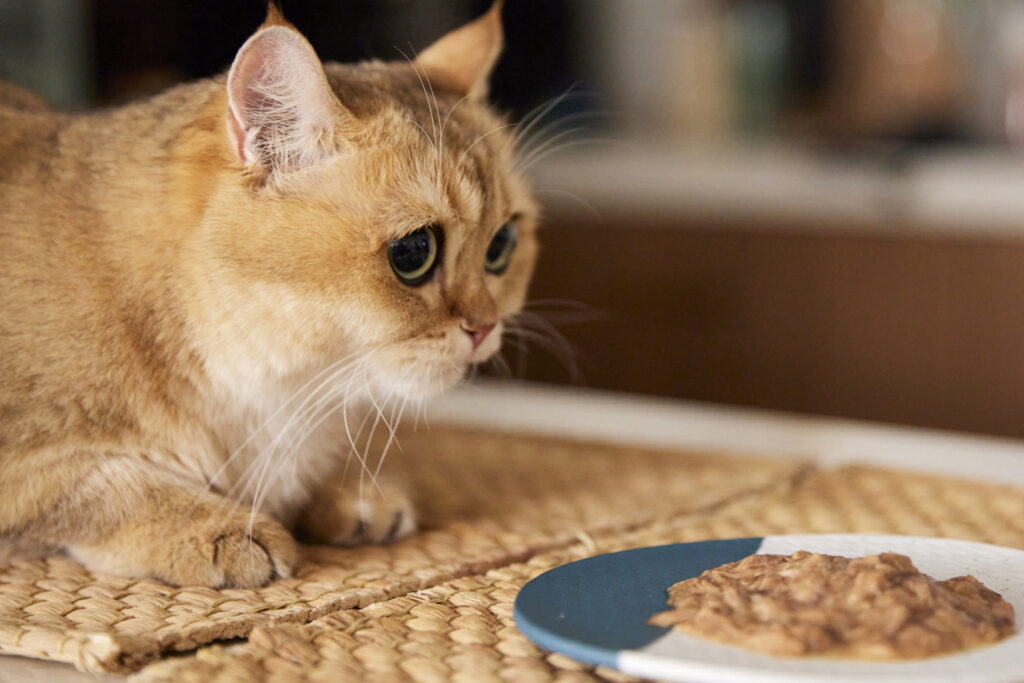Every cat lover dreams of their furry friend remaining kitten-like forever. But as we look into their innocent, playful eyes, we can’t deny the swift passing of time. Here’s a fun fact to surprise you: the common “one cat year equals seven human years” rule isn’t exactly hitting the mark! The latest cat-to-human age chart suggests that your cat’s first year is equivalent to a whopping 15 human years. As they age, the process slows a bit, but they still grow old faster than we might think. If you want your fur baby to live a long, healthy life, it’s time to learn how to calculate their age in human years, spot the signs of a senior cat, and understand their changing nutritional needs.
Jump to Sections:
- One Cat Year Equals 15 Human Years? Get the Lowdown with the Latest Cat Age Chart!
- Spotting the Signs: When Do Cats Become Seniors?
- TLC for Your Cat: Understand Their Nutritional Needs at Different Stages
- The OneDegree Pet CEO Plan: Exclusive Pet Insurance with No Sublimits in Hong Kong
One Cat Year Equals 15 Human Years? Get the Lowdown with the Latest Cat Age Chart!
If the birthday of your feline friend is a mystery, no worries! You can estimate their age using three key indicators. And if you’re still unsure, your vet will be able to help you make an educated guess.
Teeth
Kittens have their milk teeth by about 14 weeks old, and they fall out to make room for their adult teeth at roughly 4 months. If you find a kitten with a full set of adult teeth, they’re likely around 6-7 months old. As they age, look for tartar buildup and tooth wear – these are telltale signs of an older cat.
Eyes
By the time they hit 6 years old, you might notice your cat’s iris becoming slightly cloudy. At 12 years or older, a thicker film can develop over their eyes.
Coat
Kitten fur is often soft and shiny, but as they age, their coat can become coarser. Senior cats, typically 10 years or older, may even experience thinning fur or the emergence of white hair. Individual grooming habits may lead to some variation in these patterns though.

| Cat Years to Human Years Chart (Latest) | |||
|---|---|---|---|
| Cat Age | Human Age | Cat Age | Human Age |
| 1 month | 1 year old | 8 years old | 48 years old |
| 2 months | 3 years old | 9 years old | 52 years old |
| 3 months | 5 years old | 10 years old | 56 years old |
| 6 months | 9 years old | 11 years old | 60 years old |
| 9 months | 12 years old | 12 years old | 64 years old |
| 1 year old | 15 years old | 13 years old | 68 years old |
| 2 years old | 24 years old | 14 years old | 72 years old |
| 3 years old | 28 years old | 15 years old | 76 years old |
| 4 years old | 32 years old | 16 years old | 80 years old |
| 5 years old | 36 years old | 17 years old | 84 years old |
| 6 years old | 40 years old | 18 years old | 88 years old |
| 7 years old | 44 years old | 19 years old | 92 years old |
HSpotting the Signs: When Do Cats Become Seniors?
Indoor cats typically live between 10-15 years. According to the American Association of Feline Practitioners (AAFP), cats start transitioning into their mature years around age 7 when their physical fitness begins to decline. Once they hit 11-14 years old, they’re officially a senior cat.
To figure out if your adult cat is entering their golden years, watch for these physical and behavioral changes:
- Are they cloudy or producing more discharge?
- Is their fur coarser or losing its shine? Changes in sebum production and hormone level can affect coat quality.
- Is there yellow tartar buildup, missing teeth, or loose incisors?
- Are they losing weight? Reduced kidney and digestive function can affect their appetite.
- Are they jumping lower than before? Deteriorated joints and reduced muscle mass can impact their mobility. Senior cats may also eat and drink less and sleep more, often over 16 hours a day compared to 12-16 hours for adult cats.

Just like us, cats can face a decline in their senses as they age, including hearing, vision, and smell. They may also experience a slight increase in blood pressure. Regular vet check-ups are crucial during this stage, ideally scheduling visits once or twice a year. Blood tests can shed light on your feline’s kidney and liver function, anemia, or high blood pressure. Your vet will also conduct a thorough physical examination, assessing your cat’s teeth, heart rate, and breathing to ensure they fall within the healthy range.
TLC for Your Cat: Understand Their Nutritional Needs at Different Stages
To ensure your fur baby’s long-term health, it’s not just about the perfect living environment – their diet matters too! Here are some guidelines to help you choose the right food packed with all the nutrients they need at each stage of life.
| Cat Life Stage | Nutritional Needs |
| Kittens: Birth to 12 months old | Kittens need a diet rich in high-calorie and high-protein foods like chicken or lamb to support their rapid growth. |
| Adults: 1 year old or older | When cats hit adulthood, their growth slows, but they’re still high-energy creatures. A balance of high-quality protein, essential vitamins, and a moderate amount of carbs is vital. Keep an eye on their weight and consider weight loss meals, if they’re tipping the scales, to ensure the health of their joints and heart. |
| Seniors: Over 7 years old | Senior cats’ bodily functions gradually decline, and they may have decreased taste and digestion abilities. Low-calorie, easy-to-digest foods can be beneficial. If you’re unsure about the right diet, consult your vet. They can recommend special meals tailored to your cat’s specific health needs, such as kidney or gastrointestinal issues. |
Remember, when introducing new food, do it gradually. Start by serving a mixture of half of their current food and half of the new food to observe their reaction. If your feline shows any discomfort, like vomiting or diarrhea, after a food switch, chat with your vet to figure out the cause and make necessary adjustments.

The OneDegree Pet CEO Plan: Exclusive Pet Insurance with No Sublimits in Hong Kong
Our time with our feline friends is incredibly precious, as they age much faster than us. We want to give them all the love we can, and when it comes to their health, we accept no compromise – they deserve the best medical treatment.
At OneDegree, we recognize your commitment to providing the best care for your beloved fur-kid, that’s why we’ve crafted the city’s exclusive Pet CEO Plan. Unlike most pet insurance plans that cap reimbursements on certain medical expenses (leaving you to foot a chunk of expensive treatments!), our plan has absolutely no sublimits. It’s designed to protect all cats and dogs aged between 13 weeks and 11 years, regardless of breed, with no requirement for microchips for enrollment. With an annual coverage of up to HK$80,000, this executive plan offers reimbursement for up to 90% of all eligible expenses at network clinics, provided your pet is one year old or older at the time of enrollment. Even if you choose a registered non-network vet, you can still receive reimbursement for up to 70% of eligible expenses.
Get an instant quote now!